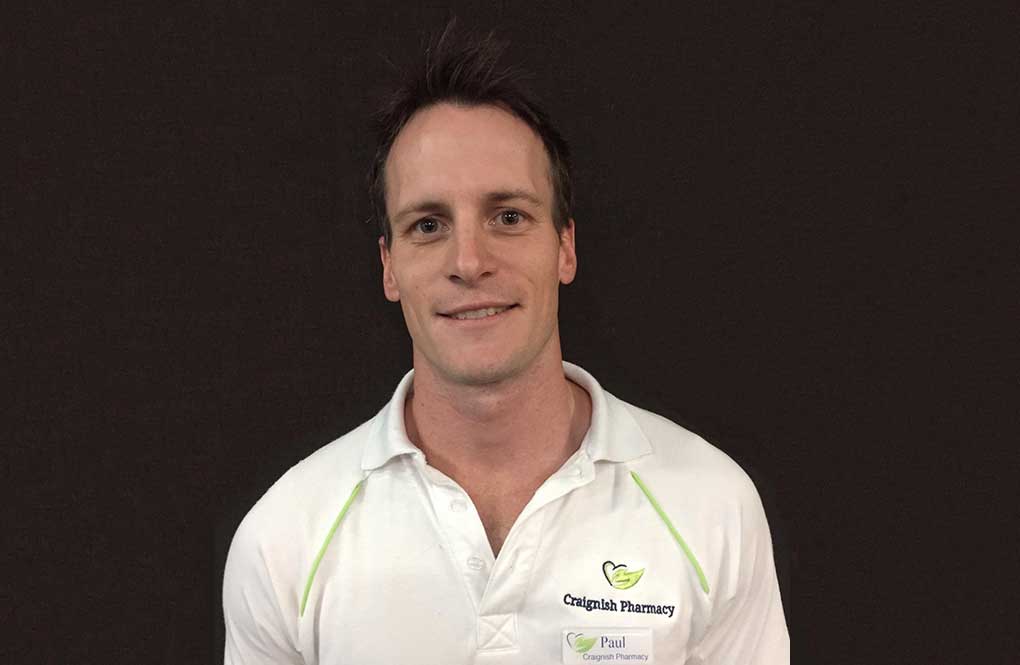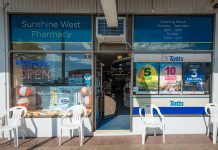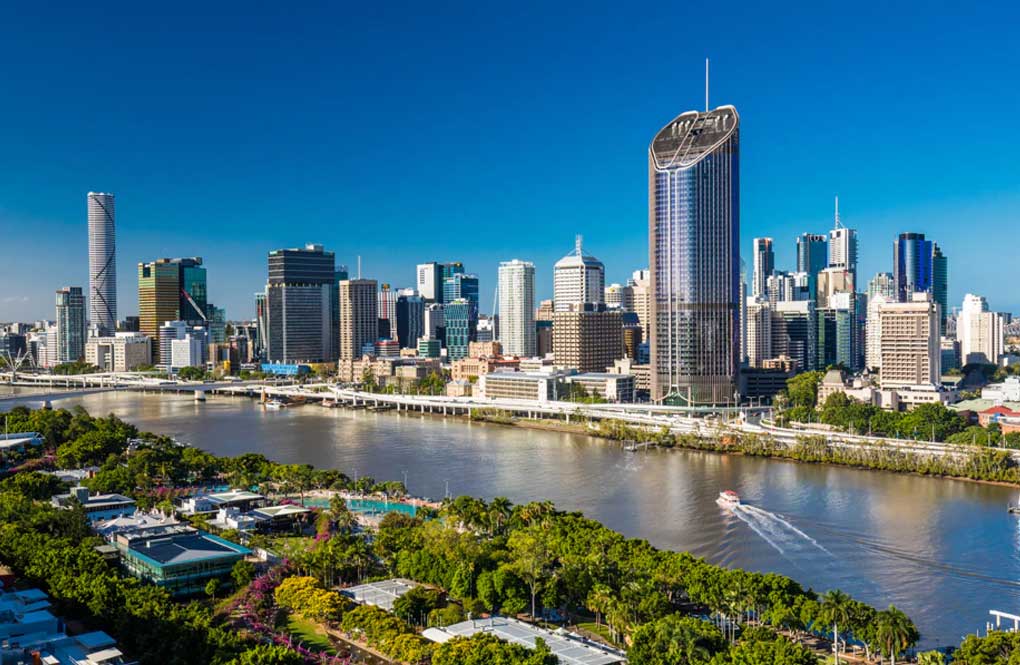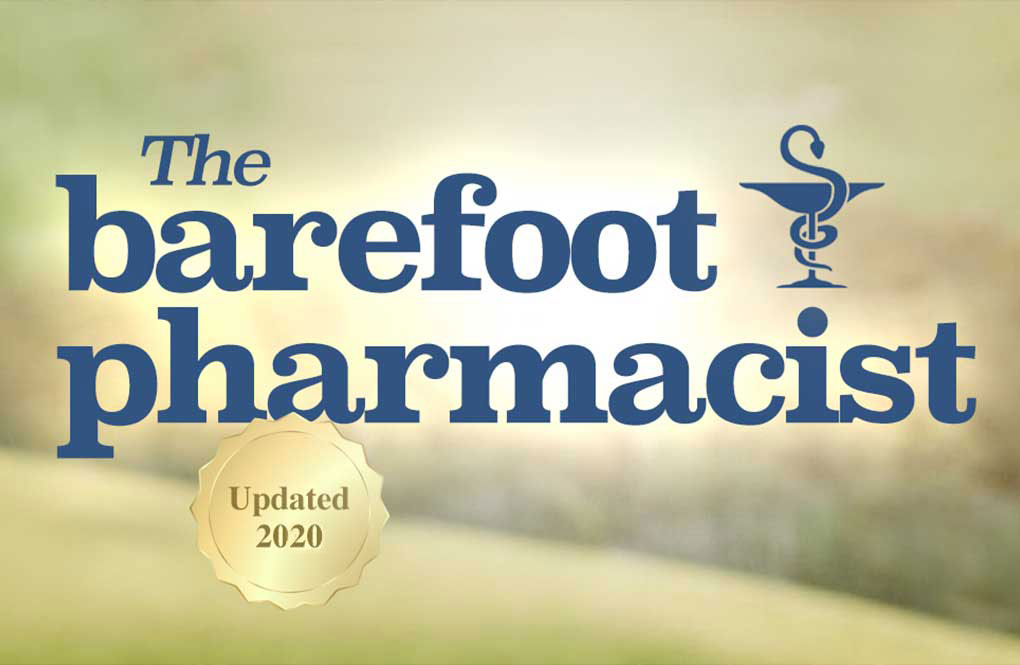Paul graduated from Griffith University in 2010 and became sole proprietor of Craignish Pharmacy, a small community pharmacy in Queensland, in 2016. We spoke with him about his motivations and the challenges and rewards of being a pharmacy owner.
Background
After graduation, Paul completed his intern year at Terry White Chemist Australia Fair at Southport. He had worked at Helensvale Amcal throughout his degree and enjoyed gaining practical experience while studying pharmacy. However, he lost some of his passion for the field during his intern year and started to question whether pharmacy was right for him.
Paul stuck it out and became a registered pharmacist in 2011. He left the Gold Coast and headed to the country for a position at Maryborough Friendlies, motivated by the lure of higher pay – he was earning about 25% more per hour than if he’d stayed working on the Gold Coast or in Brisbane. The new environment suited Paul, and he rediscovered his love of pharmacy.
Paul was keen to take the next step and become a managing pharmacist. Jarred Smith – a partner in three pharmacies in Hervey Bay (a coastal town about 30 minutes from Maryborough) – offered Paul a managing pharmacists’ position at his Urangan store, which Paul accepted.
Urangan Pharmacy has 20 staff and is one of the busiest pharmacies in Hervey Bay, so Paul was throwing himself in the deep end. Jarred was a great support to Paul, who was empowered to make decisions and learn about pharmacy management and business. Having a good mentor to learn from was instrumental to Paul’s success.
How did you know you were ready for pharmacy ownership?
Having managed a large pharmacy for four years, I felt I had been exposed to – and overcome – most things that could go wrong. Additionally, a couple of older pharmacists had expressed interest in partnering with me if I wanted to buy, giving me the confidence that I could run a successful pharmacy.
As a manager, I would go above and beyond but still receive the same hourly rate. As an owner, you get to reap the rewards of your efforts.
Why did you buy Craignish Pharmacy?
I looked at a few options. After consulting with my accountant, lawyer and bank, I felt Craignish Pharmacy was a good fit and priced so I could commit as a sole proprietor. Craignish was a growth area, and I could see the pharmacy had strong potential as it was only running at around 30% compared to Urangan Pharmacy, which was running at 90%. The location – only 15 minutes from my home in Hervey Bay – was also appealing.
What were the main challenges you faced in the first 12 months?
- As a first-time owner with no trading history, I found it difficult to open accounts with some suppliers or negotiate favourable trading terms.
- Cash flow was tight in the early months as my Medicare disc to set up PBS Online got lost, and Medicare had to send a new CD. This meant it took several weeks for me to receive my first PBS payments. A lesson to always prepare for the unexpected!
Looking back, what were the key business decisions you made?
- My priority was to sub-lease the vacant doctor’s surgery next door. This took six months, and I had to offer eight months of free rent to get a lease signed.
- I made some changes to the pharmacy’s layout, including moving the Australia Post sub-agency next to the main counter area to serve customers more efficiently. (The Australia Post counter was previously on its own near the front door).
- I changed over to the Advantage Buying Group. I was able to remain independent and pay no banner group fees and compliance with the preferred generic supplier with Advantage brought membership fees down to almost zero. The free Craignish Pharmacy loyalty card program from Advantage was also a good addition to the business.
- I focused on professional services, introduced MedAdvisor and promoted Webster packing.
- I developed and implemented procedures to improve service and efficiency. Setting up schedules for the Webster packing made a big difference.
- I hired the right staff and built a strong team culture with clear roles and responsibilities.
How is the business going now you’re approaching the two-year mark?
- The first six to nine months were flat as I spent a lot of time and energy making minor improvements, getting the doctors in, and changing the layout.
- We’re seeing the benefits now – the last nine months show 20% to 25% increases across key pharmacy KPI’s.
- Today, the business feels like it’s in cruise control – I’m putting in less effort but achieving better outcomes. I’m working more on the business than on daily duties like dispensing.
- I recently bought a small delivery vehicle with Craignish Pharmacy advertising to promote our home delivery service.
- I’m getting more involved with local community organisations and sponsorship of clubs.
What are the rewards you enjoy owning a small community pharmacy in a regional township?
I bought the pharmacy at a competitive price in terms of ROI because it was regional and less competitive than options in metro areas and major cities. I know my customers by name and understand their profiles so I’m better able to look after their health. These relationships make it easier for me to get my top customers to follow my advice.
What’s your message to other young pharmacists who have a dream of pharmacy ownership?
- Don’t be afraid to get into healthy debt. Buying a pharmacy is a long-term investment – make a decision based on that principle.
- Do your research and speak to lawyers, accountants and others from within the pharmacy industry. However, you must be prepared to take risks. If you’re not ready to back yourself and take a leap, ownership may not be for you.
- Don’t listen to just one pharmacy group or pharmacist – branch out, explore other options and speak to others outside the group you work with.
- When you’re working for yourself, it doesn’t feel like work. The saying “If you love what you do, you never work a day in your life” is true.
- Ensure your finances are in good order and have a backup plan for the unexpected.
- I find the best way to keep motivated is not to work much more than 45 hours per week. Make time to exercise or play sport to stay fresh and mentally alert – you’ll perform better and make better business decisions.
- I created a cash flow diary which captured when bills were due and the latest date I could pay them.
- I wish I had paid more attention to what the stock controller did and learnt more about that area while I worked in a large pharmacy as stock control is so important in a small business.
– Interview contacted by Ian Fedrick, Partner and QLD Sales Manager at AP Group













